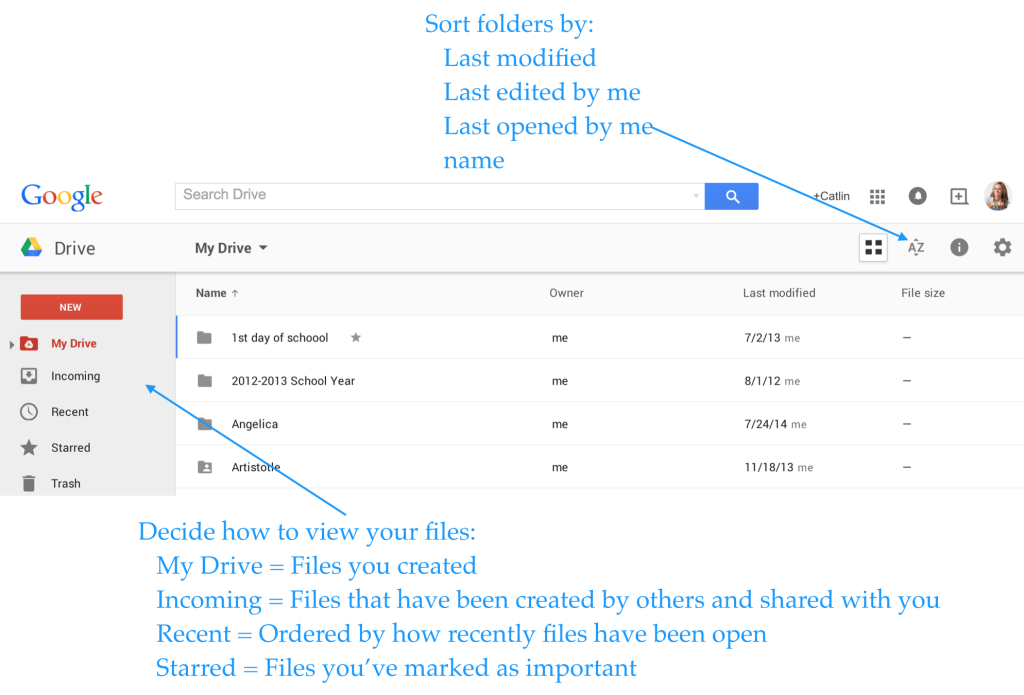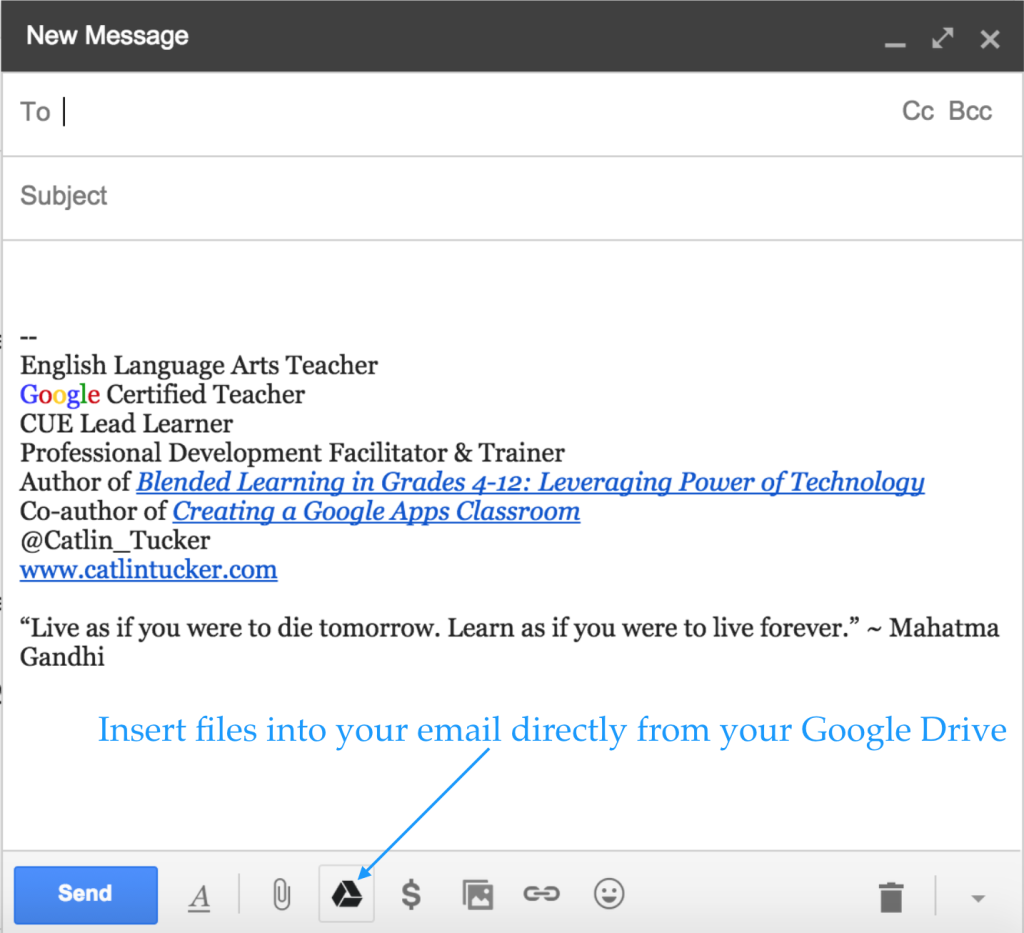**The Edvocate is pleased to publish guest posts as way to fuel important conversations surrounding P-20 education in America. The opinions contained within guest posts are those of the authors and do not necessarily reflect the official opinion of The Edvocate or Dr. Matthew Lynch.**
By Daniel Stanford
I took my first online course in 2004 while pursuing my MFA. It seemed like a novel idea at the time, and I had no clue I’d be spending the next ten years up to my eyeballs in online courses. Since then, I’ve helped faculty design dozens of online and hybrid courses, taught several of my own, and evaluated online courses and professional development programs from a variety institutions.
Over the years, I’ve seen certain design issues surface again and again. I had hoped to stockpile 95 of these “course design sins,” then nail them to a door in a Martin Luther-esque call for reform. That vision was later revised as I realized (A) 95 is a lot of sins to identify and (B) Martin Luther didn’t have to compete with the latest Buzzfeed list of 15 dogs wearing tiny hats.
In light of those realizations, I’d like to share with you my top seven course design sins, along with practical tips for atonement.
1. Overwhelming Discussions
“Compose your post, then respond to three classmates’ posts.” Sound familiar? These instructions have become de rigueur in online discussions even though it would be impossible to replicate this level of participation in a face-to-face class. The result is a massive number of posts that instructors and students dread sorting through.
How to Atone
1) Relax discussion participation requirements. For instance, you might require students to contribute to two out of three discussions. This allows students to contribute to the discussions that interest them most, as they often do in face-to-face courses.
2) Set reasonable guidelines for post length and number of replies. For prompts that tend to elicit long-winded replies, stress the importance of concise writing and set a maximum word limit.
3) Provide a grading rubric in advance that focuses on quality, not quantity.
2. Lack of Scannable Text
Reading on a screen is tiring enough as it is. Don’t make it worse by writing long paragraphs devoid of visual interruptions and organizational cues.
How to Atone
1) Use headings and lists to break up long blocks of text. This not only makes it easier to read the first time through, but also makes it easier for students to find what they need when they review material for a second or third time.
2) Don’t rely on color to make important items stand out. This can quickly become overwhelming and isn’t helpful for colorblind users. Instead, use bolding (judiciously) to offset important details such as deadlines or warnings.
3. No Progress Indicators
Within seconds of entering a course or a specific unit of content, students should know what they’ve completed, what is incomplete, and when the incomplete items are due. The worst nightmare of any online student is to think she has met all the course requirements for a given day or week, only to stumble upon additional ones after a critical deadline has passed.
How to Atone
1) If your learning management system includes a checklist feature, provide one in every module to ensure students can keep track of what they’ve completed.
2) If your LMS doesn’t include checklists, provide a concise to-do list at the beginning of each module so students can easily see what they have to complete and when graded items are due.
3) List the deadlines for all graded items in your main course schedule or calendar.
4. Bad Narration
There are two reasons most instructors create narrated PowerPoints.
1) They believe it will be faster to deliver a lecture verbally than write it out.
2) They believe it will be more engaging for students than reading.
Both of these motivations have their pitfalls. First, faculty are often surprised how long it takes to produce an effective narrated presentation. Second, delivering information via audio with no text alternative makes it difficult for students to control the pace of their learning. It’s also worth noting that audio-only approaches to instruction can be challenging for ESL learners and a dealbreaker for students with disabilities.
How to Atone
Whatever your motivation for creating narrated presentations, your work will be better (and your students happier) if you keep these tips in mind:
1) Break content into chunks of roughly five minutes or less.
2) Ask the learner to respond to questions periodically. If you can’t provide interactive quiz questions in the video itself, simply show a question on screen and give students a few seconds to pause and contemplate the answer before you provide it.
3) Start with the topics you’re most passionate about and provide a written alternative for material you’re less excited to narrate.
4) Allow students to download the PowerPoint file if they’d prefer to read it without narration. This is especially helpful if you’ve taken the time to add notes to each slide.
Also, before you get too attached to your presentations, share a sample with a friend and ask if your narration feels:
1) natural and authentic (not over-rehearsed, over-annunciated, or overly scripted)
2) appropriately paced (not too fast or too slow)
3) pleasant (not too soft, too loud, or too nasal)
4) dynamic and engaging (not monotone and dull)
5. Buried Leads
Don’t make students read through or listen to several minutes of non-essential fluff before you get to the good stuff. Burying the lead wastes students’ time and hurts your credibility as a curator. As a result, students will struggle to find the part where you finally say something important. Worse yet, they might begin to ignore your emails, readings, or videos altogether.
How to Atone
1) Write in an inverted-pyramid format. Start with an eye-catching headline or summary and make sure the most important information is as close to the beginning as possible.
2) Avoid fluffy intros. This is particularly important when creating audio/video content. Here’s an example.
| Too Fluffy |
More Direct |
| Hi students. Welcome to module 3, video lecture 2. I hope you enjoyed our last module on X. In this video, I’m going to talk about writing an effective creative brief for an advertising campaign. Creating an ad campaign can be challenging. There are so many moving parts and different people who need to contribute to the design of a successful campaign. There can be many strong personalities involved… |
In a recent Ad Fed survey, 73% of creative directors say their work missed the mark due to a bad creative brief. Ineffective briefs often fall short due to X, Y, and Z. Let’s spend a few minutes analyzing each of these factors. |
6. Digital Hoarding
Face-to-face courses come with limitations that encourage instructors to prioritize what they share with students. Examples include the number of hours in each class meeting and the number of photocopies the instructor has time to print. In online courses, these limitations are removed or relaxed, which makes it tempting to share every interesting reading, video, and website you’ve ever encountered. All too often, the result is a course site that feels like one of the homes on Hoarding: Buried Alive, but with more scholarly journals and fewer cats.
How to Atone
1) Curate and annotate. Good curators know what to keep hidden in the vaults, what to place in the gallery, and how to lead visitors through it all in a way that informs and inspires.
2) Contextualize links. Don’t assume their relevance is self-explanatory. Provide a sentence or two summarizing why the link is important.
3) Customize links. Direct students to specific pages of a site and explain why those pages are useful instead of sending them to the homepage of a massive site and assuming they’ll find their way.
4) Contextualize readings. This is particularly important when assigning long readings or videos. Provide guiding questions and/or warn students which sections or concepts they’re likely to find challenging. If all 50 pages of a reading (or hour of a video) are equally essential, briefly explain why.
5) Separate and label what’s optional. Don’t let supplemental resources or anecdotes obscure what’s truly top priority. Be realistic in what students can reasonably read or view in a single day or week.
6) Throw something away. Recognize that, even with optional resources, less is more.
7. Faceless Professor Syndrome
Online courses provide limited natural opportunities to reinforce that you’re a real human being and help students put a face with your name. Don’t squander these opportunities by obscuring your identity and increasing your anonymity on the discussion board and in your self-introduction.
How to Atone:
1) Use a photo of your face for your online profile and discussion board avatar. Don’t use a photo of your dog, your favorite cartoon character, or a generic icon.
2) Make sure your face is closely cropped so it’s recognizable at small sizes. This will help students see who is “speaking” at a glance if your face shows as a small icon next to your discussion board posts.
3) Avoid tools like Voki or Tellagami that obscure your identity by synchronizing a talking cartoon with your voice. Novelties like this might be entertaining when used to create an Easter egg or a supplemental resource, but they increase online anonymity when used for introductions and essential announcements early in the term.
This post originally appeared on iddblog.org, and was republished with permission.
Read all of our posts about EdTech and Innovation by clicking here.
_____________________________
Daniel Stanford holds an MFA in Computer Art from the Savannah College of Art and Design with a concentration in Interactive Design and Game Development. Since 1998, his interest in interactive media and education has led him to take on a variety of professional roles—from website designer and graphic artist to teacher and online-course developer. His work as an instructional designer has received multiple awards from the Instructional Technology Council and he has been both a course reviewer and finalist in Blackboard’s Exemplary Course competitions. Daniel is currently Assistant Director of Faculty Instructional Technology Services at DePaul University where he oversees multiple faculty-development initiatives, including the DePaul Online Teaching Series, which won the 2012 Sloan-C Award for Excellence in Faculty Development for Online Learning.





